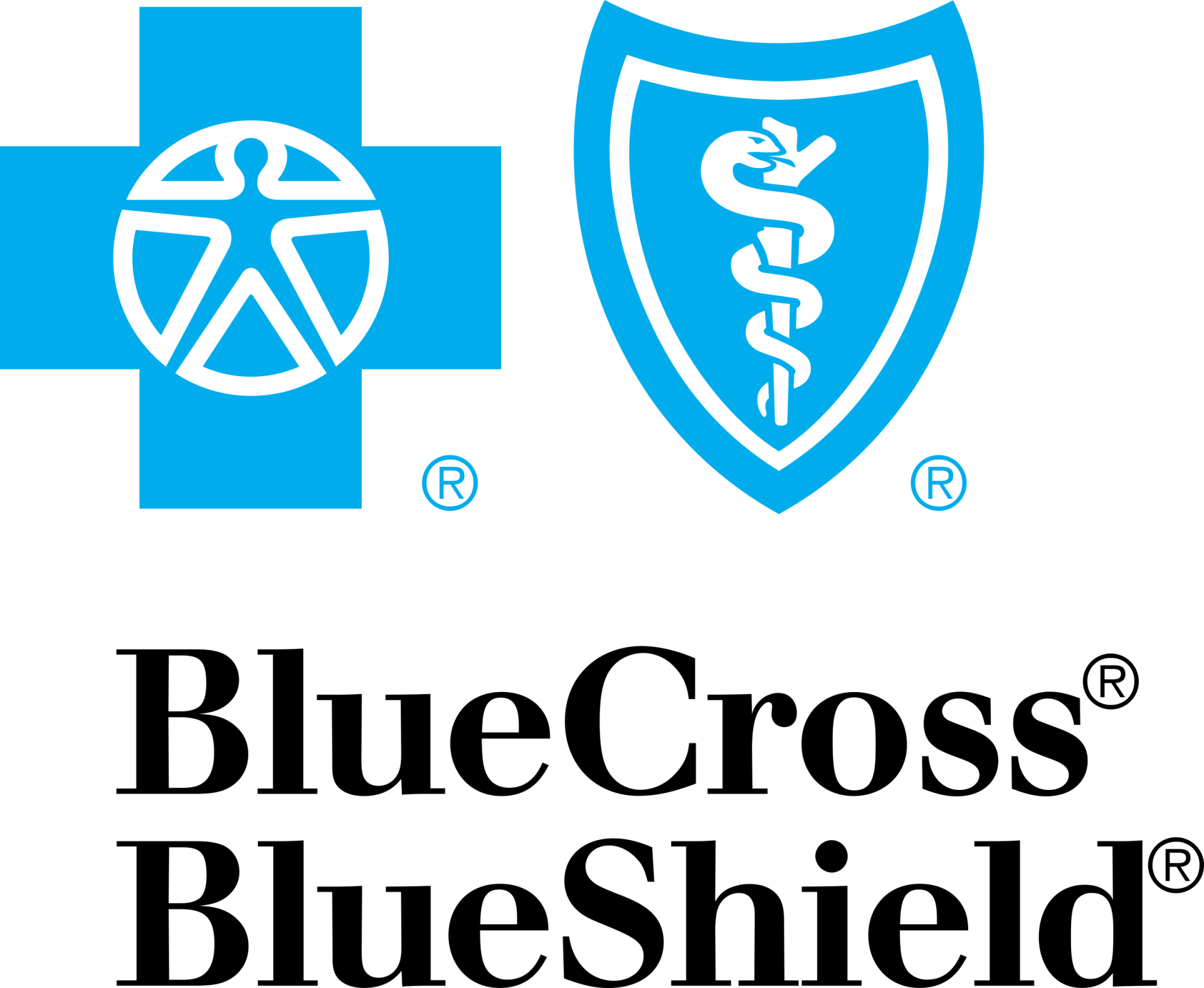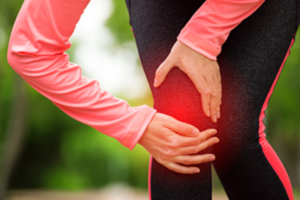Hip Pain – Part 2
Did you catch our last blog? If so, you’ve probably got a pretty good idea about what FAI and labral tears are. Hopefully this will make it easier for you to talk to your physician and physical therapist about your healthcare. There’s a lot of options out there, but everyone involved – patients, surgeons, and rehab professionals alike – agrees that targeted sport-specific physical therapy is essential to a full recovery, with or without medical intervention.
“Calm stuff down, then build stuff back up”. This quote from Greg Lehman , a dual-doctorate physical therapist and chiropractor, basically sums up how a physical therapist works to help you get past your hip pain and back to your sport. First – and we know athletes in particular need to hear this – the rehab process generally needs to start with a de-load. Taking time away from the activities that aggravate your hip is necessary to allow the joint to calm down and get out of an inflammatory state. However, it’s important that you stay active in ways that don’t aggravate your hip to avoid weakness and deconditioning (and to keep you sane, of course). If you have pain with running, for instance, try swimming or cycling; If you’re struggling to play a full 90 minutes of soccer, try decreasing your time on the field or avoiding drills that you know will flare things up. The decrease in load through the joint will help it calm down. If your physical therapist is familiar with your sport, they can take a look at your training plan and/or talk with your coach to determine what might look like for you, and for how long.

A physical therapist can also help decrease joint irritation with manual therapy. Especially when FAI is at play and stiffness is present, a PT can use their hands to move the head of the femur away from the acetabulum, creating space within the joint. This allows fluid to pass through the joint more easily – carrying in nutrients and carrying out waste and inflammatory cells (movement does this too, hence staying active!). Painful joints can also cause muscles to tense up, so a physical therapist can help release and relax those muscles. On the other end of the spectrum, some labral tears occur due to too much motion of the joint versus an impingement. In these cases, joint mobilization is not a good idea, but soft tissue work can be great as the muscles around the joint tense up to protect it.
Manual therapy (and similar adjuncts like dry needling and cupping) feels good, but the secret sauce of physical therapy is targeted strength training. This is how we “build stuff up”. Pain tends to shut down muscle function around the joint. This is your body’s way of protecting yourself (“it hurts, so don’t move!”). Strength training can get those muscles activated again, and research shows that strength training can actually help control pain. Your PT should be working one-on-one with you to find exercises that feel good, and don’t aggravate your symptoms.
 Once you have a baseline of pain-free strength behind you, you and your PT will work together to gradually progress you back to your sport. We call this “graded exposure” to movements that become more and more sport-specific as your pain decreases and you get stronger. For most sports this means increasing the range of motion you move through, increasing the load you’re using during training, and progressively increasing your impact activity. We monitor how you feel for 24 hours following an increase in activity to make sure your hip is happy with the load, and just keep climbing the ladder from there. This is why it’s so important, as an athlete, for you to see a clinician who specializes in sports rehab. They are the only ones who understand the demands of your sport and know how to appropriately progress you back to meeting those demands on a regular basis.
Once you have a baseline of pain-free strength behind you, you and your PT will work together to gradually progress you back to your sport. We call this “graded exposure” to movements that become more and more sport-specific as your pain decreases and you get stronger. For most sports this means increasing the range of motion you move through, increasing the load you’re using during training, and progressively increasing your impact activity. We monitor how you feel for 24 hours following an increase in activity to make sure your hip is happy with the load, and just keep climbing the ladder from there. This is why it’s so important, as an athlete, for you to see a clinician who specializes in sports rehab. They are the only ones who understand the demands of your sport and know how to appropriately progress you back to meeting those demands on a regular basis.
If you are struggling with hip pain that’s significantly impacting your ability to train and compete, contact our sports specialist, Dr. Kate. She’s been through this too, and is here to help!
You can email Kate with any questions or comments: kate@balancechiropracticva.com

RESET. REHAB. PERFORM.
QUICK LINKS
CONTACT
(434) 293-3800
office@balancechiropracticva.com
608 Preston Avenue, Suite 100
Charlottesville, VA 22903








